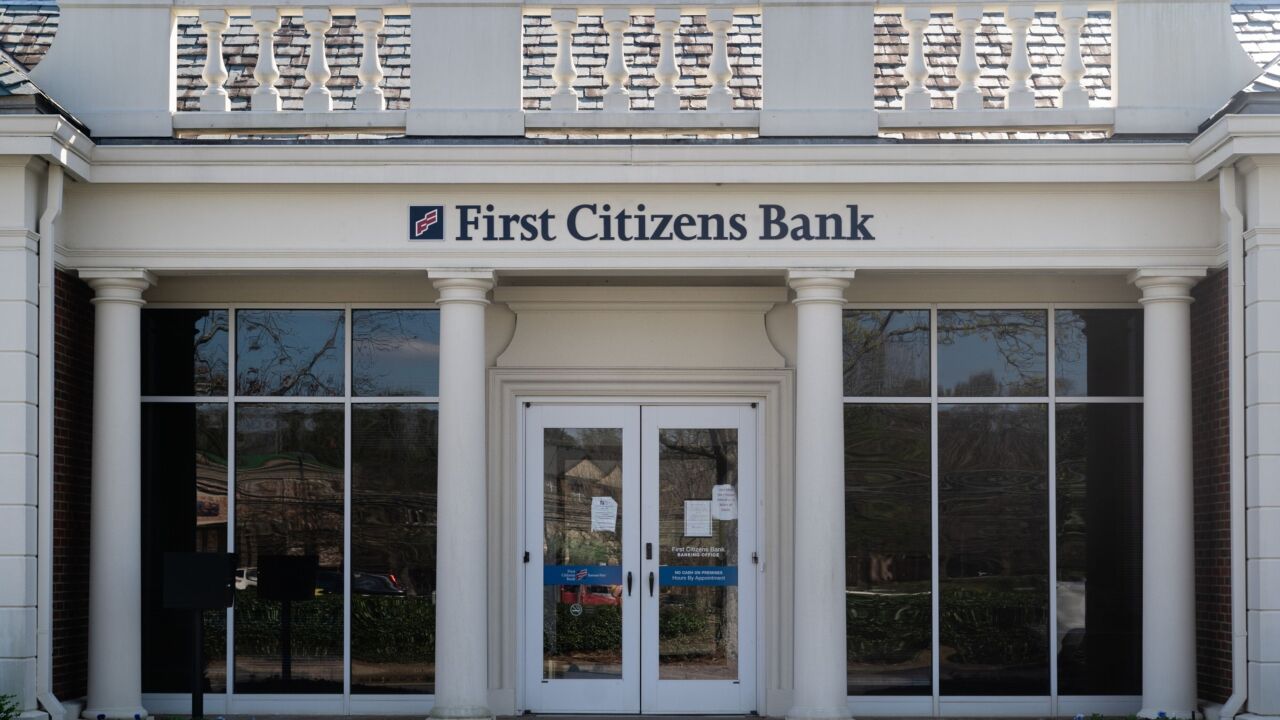
Silicon Valley Bank failed in March after a bank run, precipitating a mini-financial crisis. While regulators acted quickly and ensured that the damage to the banking system was minimized,
While stock markets bounced back over the next week and a half, there are lessons to be learned from this crisis. As Federal Reserve Chair Jerome Powell later observed, "At a basic level, Silicon Valley Bank management failed badly." He added, "They grew the bank very quickly, they exposed the bank to significant liquidity risk and interest rate risk. They didn't hedge that risk."
The activity Powell describes could be covered by a concept called "conduct risk," which is regulated in other countries and needs to be considered in the United States. Conduct risk is
A significant part of managing banks is about managing risk. Banks are among the most leveraged of all corporations. Since banks have lower equity capital, play a massive role in the economy, evaluate risks of loans and provide financial services, they need to be subjected to conduct risk assessments of their own. While banks in the U.S. are evaluated using CAMELS ratios for their safety and soundness, these ratios look at the micro- or bank-level and are not publicly available. Conduct risk would be an additional measure looking at an individual bank's risk from the macro or broader market perspective. A conduct risk assessment, with publicly available ratings of each TBTF bank's systemic risk, would ensure that one vital bank's failure to assess its risks properly would not be detrimental to the entire financial system.
There are advantages to having a conduct risk authority in the United States. The first advantage is the system itself. The chances of a banking crisis are minimized by assigning publicly available conduct risk scores to banks, especially TBTF banks. Since the bigger banks are protected more in a de facto way — demonstrated by the way depositors were protected at SVB and First Republic — it is only fair that they are subjected to more regulatory oversight. Big bank failures could have been prevented if a central agency capable of publicly issuing ratings had looked at the bank's asset portfolio before the crisis.
The North Carolina company, which acquired the remains of Silicon Valley Bank in late March, is now taking steps to shore up its deposit base. Those efforts, which follow outflows tied to Silicon Valley Bank customers, include paying higher rates at its nationwide online bank.
A Reuters
Secondly, establishing a conduct risk authority would inspire confidence in portfolio managers and advisors and ensure they do not disinvest in the financial system. A conduct risk assessment and score will tell them how to judge larger banks, especially those considered too-big-to-fail.
As part of my research, I compared the average daily return performance of two prime bank indices, the KBW NASDAQ index and the ABAQ Community Bank Index, with their prior average daily returns over a year. The returns for about two weeks, starting on March 9, 2023, and ending on March 22, 2023, were significantly lower compared to their performance in the year before the SVB event. These negative returns were not just isolated to indices. Individual banks, unrelated to SVB, were also impacted negatively by the event.
Finally, some lawmakers have already
Crises create opportunities for improving financial markets and operations and restoring public confidence. The SVB and First Republic failures have underlined the fact that the U.S. must seriously consider a conduct risk authority.






